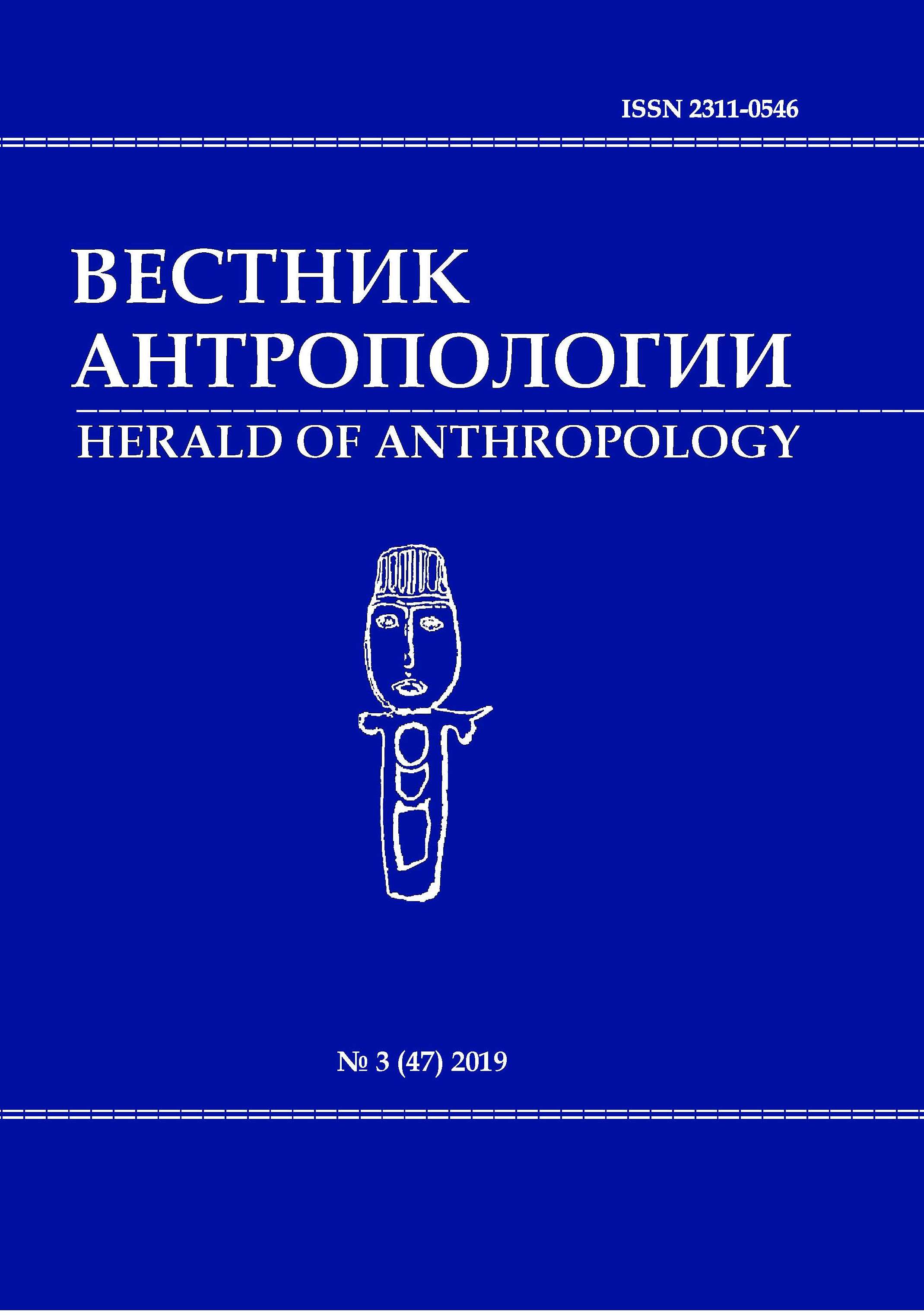The Religion of the Flock: Rural surbs in modern Armenia
DOI: 10.33876/2311-0546/2019-47-3/256-265
Keywords:
Armenians, surb, vernacular practices, Christianity, rural communityAbstract
According to opinion polls, Armenia is one of the most religious countries in Europe. However, in some villages of the Aparan district Aragatsotn Marz parish life is almost completely absent. Everyday religiosity of the locals is connected with surbs – home and rural sanctuaries. These include some natural objects in the surrounding villages. Two parallel systems coexist in Armenia’s religious culture. One is the official Armenian Apostolic Church with its churches, a priesthood, and its spiritually cared flock, the other one includes vernacular practices and beliefs of much of this very flock. Rural surb is one of the phenomena of vernacular religious culture. The article attempts to typologize surbs, describes the rituals and practices of veneration of rural shrines.
References
- Antonyan, Yu. 2008. Religiozno-magicheskie i tselitel’skie praktiki v sovremennoi gorodskoi srede Armenii [Religious-magical and healing practices in the modern urban environment of Armenia]. In Razgadat’ Yuzhnyi Kavkaz: obshchestva i sreda obitaniya [Unraveling the South Caucasus: societies and habitat], edited by E. Gerasimova and N. Lozhava. 3. Tbilisi: Heinrich Boell Stiftung: 109–129.
- Antonyan, Yu. 2011. Religiosity and religious identity in Armenia: some current models and developments. Acta Ethnographica Hungarica 56 (2): 315–332.
- Antonyan, Yu. 2014. Church, god and society: towards the anthropology of church construction in Armenia. In Armenian Christianity today, edited by A. Agadjanyan. Farnham; Burlington: Ashgate: 35–56.
- Harutyunyan, S. B., and A. A. Kalantaryan. 2001. Tukh Manuk [The Dark Youth]. Yerevan: Hayastan.
- Kryukova, N.V. 2018. Narodnoe khristianstvo v Armenii: traditsii i sovremennost’ [Folk Christianity in Armenia: traditions and nowadays]. Traditsionnaya kul’tura 19 (3): 80–90.
- Marutyan, H. 2001. «The saint of the home»: the problem of sources and present-day functioning. In Hayots srbere ev srbavayrere (Armenian’s saints and sacred places), edited by S. Harutyunyan and A. Kalantaryan. Yerevan: Hayastan Press: 337–346.
- Mikaelyan, G. 2014. Armyanskaya apostol’skaya tserkov’ i obshchestvo v sovremennoi Armenii [Armenian Apostolic Church and society in modern Armenia]. In Bol’shoi Kavkaz dvadtsat’ let spustya. Resursy i strategii politiki identichnosti [Greater Caucasus twenty years later: resources and strategies of politics and identity], edited by G.Ch. Guseinov. Moscow: Novoe literaturnoe obozrenie: 216–262.
- Odabashyan, A.A. 1976. Narodnye verovaniya armyan (po materialam rukopisnykh talismanov XV–XIX vv.) [Folk beliefs of the Armenians (according to the materials of handwritten talismans of 15th – 19th centuries)]. In Kavkazskii etnograficheskii sbornik [The Caucasian ethnographic collection]. Vol. VI. Moscow: Akademiya nauk SSSR: 107–130.
- Petrosyan, H. 2001. Writing and the book. In Armenian folk arts, culture and identity, edited by L. Abrahamian and N. Sweezy. Bloomington: Indiana University Press: 52–69.
- Ter-Sarkisyants A.E. 1989. Armyane. Istoriya i etnokul’turnye traditsii [Armenians. History and ethno-cultural traditions]. Moscow: Nauka.





















